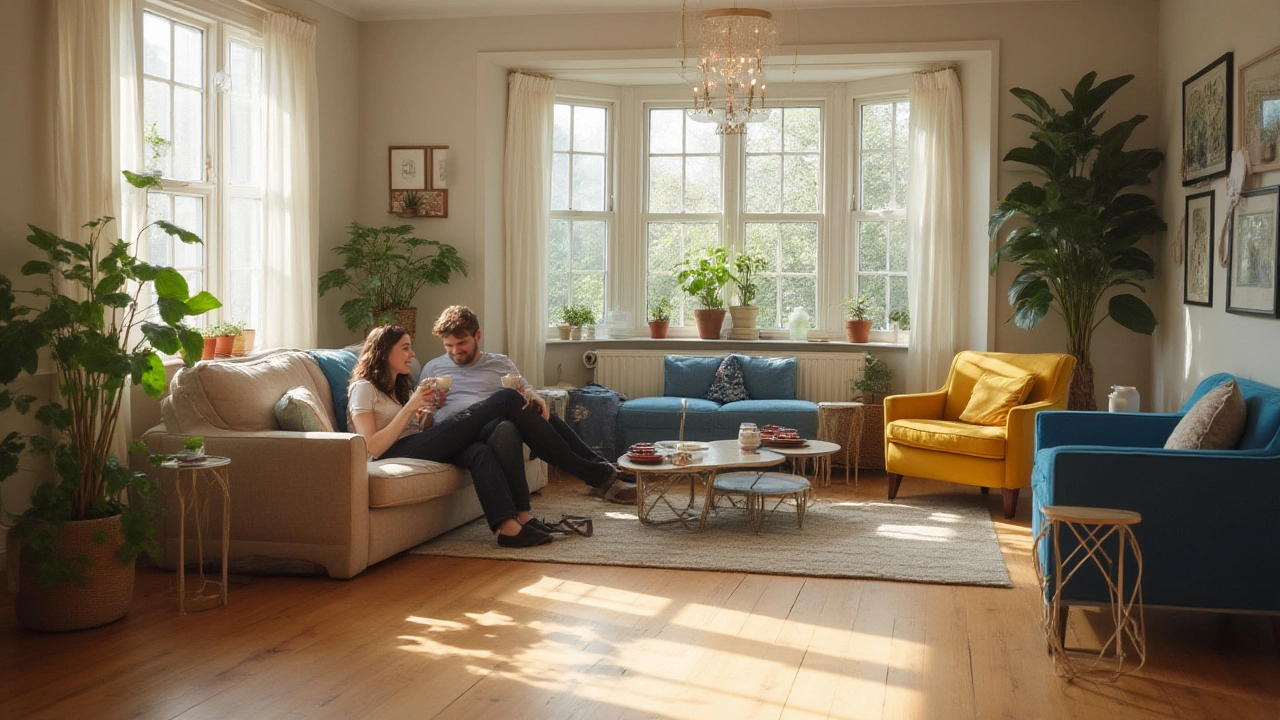Luxury Vinyl Plank Flooring: What Makes It a Smart Choice?
If you’re hunting for a floor that looks like real wood but won’t chase your wallet, luxury vinyl plank (LVP) fits the bill. It mimics hardwood grain, stains, and texture, yet stays waterproof and tough enough for busy homes. That’s why more UK homeowners pick LVP for kitchens, bathrooms, and high‑traffic areas.
Key Benefits You’ll Notice Right Away
First off, LVP is water‑resistant. A spill, mop water, or even a rainy day’s puddle won’t warp it like solid wood. It also handles scratches and dents better than most laminate, so pets and kids are less of a worry. On top of that, the hidden core gives a softer under‑foot feel, making long standing or walking more comfortable.
Another win is cost. Luxury vinyl looks pricey, but it usually costs 30‑50% less than real hardwood, and installation can be a weekend DIY project. That means you save on both materials and labour. Plus, many LVP options come with a 10‑year wear warranty – a good safety net if anything goes wrong.
Choosing the Right Style for Your Space
When you browse LVP, you’ll see boards that range from light oak to deep walnut. Think about the vibe you want: lighter tones open up small rooms, while dark finishes add drama to larger areas. Look for boards with a textured surface if you love the feel of real wood under your feet.
Consider the plank width, too. Wide planks (up to 9 inches) create a modern, spacious look, while narrower planks give a traditional, cozy feel. Some brands even offer click‑lock systems that snap together, eliminating the need for glue.
Don’t forget about colour stability. UV‑resistant finishes keep the colour from fading when sunlight hits the floor. If you have big windows, pick a product with a solid UV coating to keep the look fresh for years.
Ready to install? Here’s a quick, practical guide:
1. Prep the subfloor. Make sure it’s clean, dry, and level. A smooth plywood or concrete slab works best.
2. Acclimate the planks. Lay the unopened boxes in the room for 48 hours so they adjust to temperature and humidity.
3. Lay a moisture barrier. For concrete, roll a thin plastic sheet; for wood subfloors, a foam underlayment works.
4. Start the first row. Use the click‑lock method or adhesive as the manufacturer suggests. Keep a ¼‑inch expansion gap around walls.
5. Cut the last pieces. A utility knife or a small saw does the trick. Measure twice, cut once.
6. Finish with trim. Baseboards hide the expansion gap and give a finished look.
Take a step back once you’re done – you’ll see a floor that feels like wood but behaves like a floor built for real life. Maintenance is easy: sweep or vacuum regularly, mop with a gentle vinyl‑safe cleaner, and avoid harsh chemicals.
If you ever wonder whether LVP is right for you, think about the daily wear your floor will face. With water resistance, durability, and a style that can match any decor, luxury vinyl plank often outperforms traditional wood in busy homes.
At First Choice Flooring Solutions we stock a range of top‑quality LVP options and can help you pick the perfect board for your project. Give us a call or drop by to feel the textures in person – you’ll see why so many UK families trust LVP for a beautiful, low‑maintenance floor.
2025's Top Living Room Flooring Trends: Engineered Hardwood and Luxury Vinyl Plank Guide
- Gavin Whitaker
- |
- |
- 0
Unlock the two hottest living room flooring trends for 2025. Learn about engineered hardwood, luxury vinyl plank, and get tips on what works for your style and budget.
View more